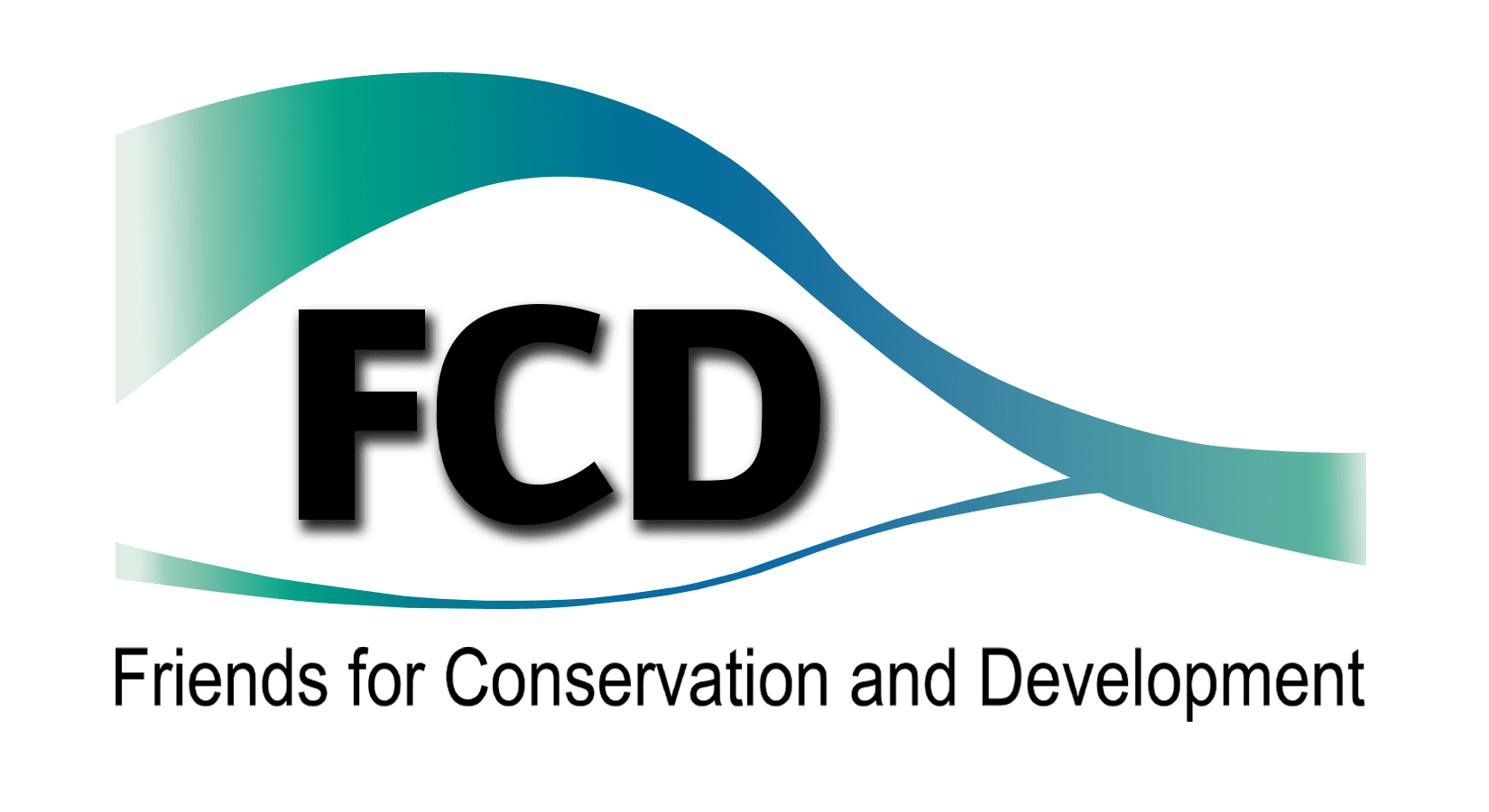INTRODUCTION
Freshwater macroinvertebrates are commonly used as biological indicators for aquatic ecosystems health, serving as indirect measure for water quality (Stark et al. 2001). Many authors argue that monitoring changes in macroinvertebrate community composition is important as they respond to water quality changes overtime and such changes are reflected in community composition and abundance (Resh and Jackson, 1993; Lenat, 1993; Barbour et al., 1995, 1996; Gerritsen, 1995; Fore et al., 1996; Wallace et al., 1996; Carlisle and Clements, 1999; Roldan 2003). On the contrary, chemical and physical water analysis provides a snap shot of the system only (Alba-Tercedor 1996). Freshwater macroinvertebrates serve as good stream health indicators because they: (i) have great diversity at both species level and at functional groups and abundance; (ii) are relatively sedentary allowing to draw conclusions based on what is happening at the place of capture; (iii) have a relative long life cycle of at least 6 months providing a good snap shot of the dominant physical and chemical conditions of the water body; and (iv) respond to stress (Boothroyd and Stark 2000; Mandaville 2002).
The Chiquibul Forest, an ecological unit, comprised of the Chiquibul National Park, the Chiquibul Forest Reserve and the Caracol Archeological Reserve, contain the headwaters of the Belize River Watershed. This is the most important watershed in Belize, providing water for a Belizean population of over 130,000, for agriculture irrigation along the Belize River Valley and for hydropower generation. Presently it is under stress due to anthropogenic activities such as gold panning, logging, non-timber forest products (legal and illegal) and agricultural encroachments. It is uncertain to what extent all these activities compromise the ecological integrity of the water systems. The objective of this assessment was to study the freshwater macroinvertebrate communities in the major sub-basins of the Chiquibul Forest in order to describe community composition and form a baseline for future monitoring efforts.
